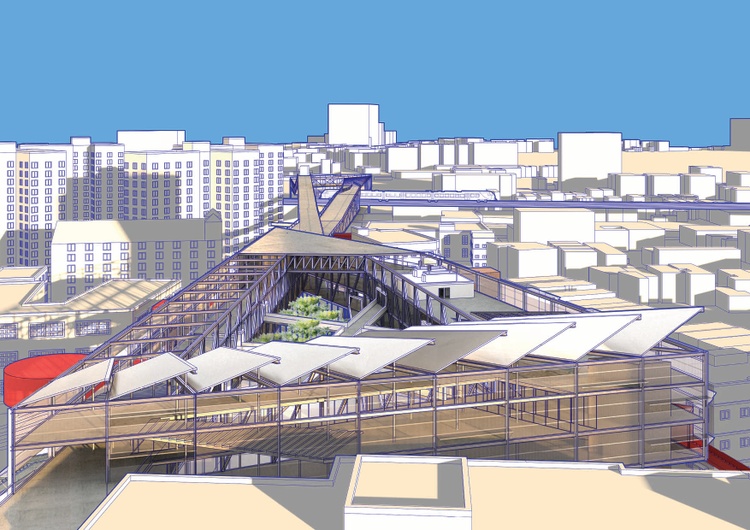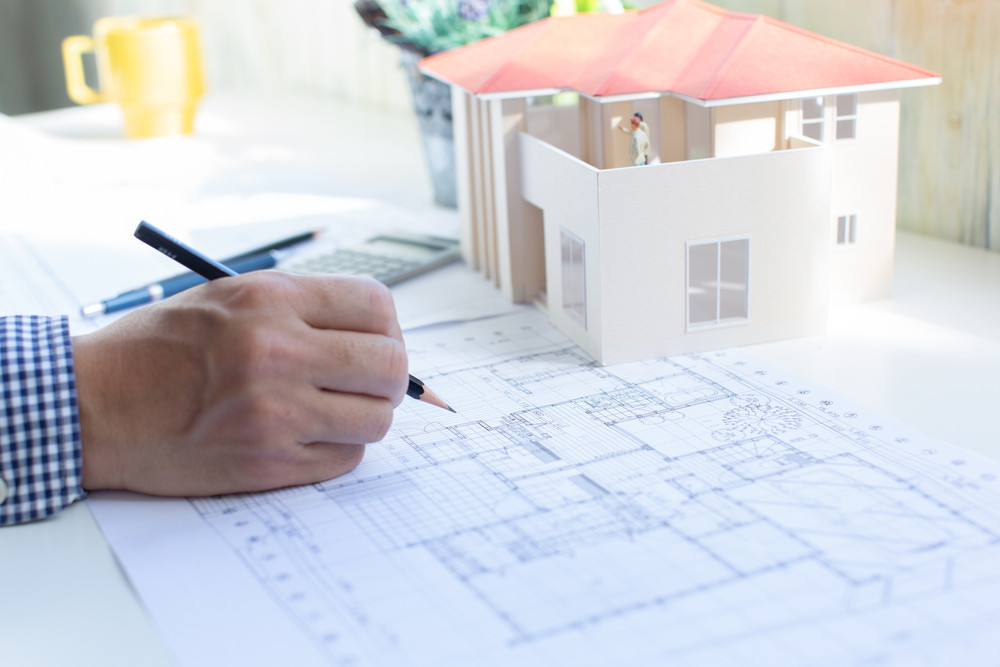A Detailed Introduction of Building Designs and Their Impact on Modern City Preparation and Advancement
Architectural designs have actually long served as a mirror to the social worths and technological developments of their time, playing an essential duty in shaping contemporary city preparation and advancement. From the splendour of Neoclassicism to the practical technique of Brutalism, each design has introduced unique concepts that affect urban visual appeals and functionality.

Historic Overview of Architectural Styles
Throughout history, architectural designs have progressed in feedback to cultural, technological, and ecological elements. Each period reflects the dominating worths, beliefs, and improvements of its time, bring about an abundant tapestry of layout that indicates human creativity and adaptation. The ancient people, such as the Egyptians and Greeks, developed foundational styles that emphasized balance and percentage, serving both useful and visual objectives.
As societies transitioned via the Center Ages, Gothic architecture arised, defined by its verticality and intricate detailing, mirroring the spiritual goals of the age. The Renaissance noted a rebirth of classic ideals, combining art and architecture in ingenious manner ins which influenced succeeding styles throughout Europe.
The Industrial Change introduced new materials and building and construction methods, prompting movements like Innovation, which challenged standard forms and embraced simpleness and functionality. The 20th century saw a diversity of styles, with Postmodernism reacting against the raw minimalism of its predecessor, incorporating historic references and eclectic aspects.
Today, architectural designs continue to evolve, driven by globalization and sustainability worries, showing a dynamic interaction in between heritage and development (cda architects). This historic introduction underscores the relevance of style as a mirror of societal evolution and as a stimulant for metropolitan advancement
Secret Architectural Styles Explained
The diversity of building designs reflects the myriad impacts that shape our constructed atmosphere, each embodying distinctive characteristics and social importances. Secret architectural designs include Classic, Gothic, Baroque, Modernism, and Postmodernism, each standing for unique historic contexts and visual approaches.
Classical architecture, rooted in ancient Greece and Rome, stresses balance, proportion, and using columns. On the other hand, Gothic architecture, thriving between Ages, is identified by sharp arches, ribbed vaults, and flying buttresses, producing a heavenly quality in sanctuaries. Baroque architecture, emerging in the 17th century, is noted by splendour, intricate ornamentation, and a vibrant interaction of light and shadow.
Innovation, which obtained momentum in the early 20th century, focuses on function over kind, making use of new materials like steel and glass to produce minimal frameworks. Postmodernism, responding versus the austerity of Innovation, embraces eclecticism and historic referral, commonly integrating spirited aspects and paradox.
Comprehending these designs offers understanding into the cultural narratives and technological advancements of their corresponding periods, highlighting just how design offers not equally as a sanctuary, but as a reflection of societal values and ambitions.
Influence On Urban Planning
In shaping the development of cities, building designs significantly influence metropolitan planning decisions. The selection of building style frequently determines the appearances, functionality, and general character of city settings. cda architects. For circumstances, modernism, with its emphasis on minimalism and capability, urges open rooms and the integration of technology, forming city layouts that prioritize efficiency and accessibility. Alternatively, standard styles may stress historic preservation, causing urban layouts that preserve social heritage and advertise pedestrian-friendly settings.
Furthermore, building styles can affect zoning policies and land utilize policies. Urban coordinators should take into consideration the dominating building patterns when making districts, making sure that new advancements balance with existing frameworks. This consideration cultivates cohesive metropolitan landscapes and enhances community identity.
The implementation of particular building styles can also influence socioeconomic elements within a Get the facts city. High-end modern styles may attract upscale locals and services, leading to gentrification, while a lot more inexpensive housing solutions may prioritize useful and sustainable styles to fit diverse populaces. Inevitably, the interplay in between architectural designs and city planning develops vibrant cities that show both historic context and contemporary demands, forming the lived experiences of their residents.
Sustainability and Modern Style

Contemporary architectural movements, such as biophilic style and green design, advocate for frameworks that harmonize with their surroundings, using all-natural materials and advertising biodiversity. These designs typically incorporate renewable resource resources, such as photovoltaic click site panels and wind generators, to decrease dependence on nonrenewable fuel sources and reduced carbon footprints.
In addition, the combination of sophisticated innovations, such as wise building systems, enhances power administration, optimizing resource use while making certain owner comfort. Ingenious water management approaches, consisting of rain harvesting and greywater recycling, further add to sustainable city atmospheres.
Significantly, sustainability prolongs past environmental concerns; it includes social and financial dimensions too. By fostering neighborhood wellness and promoting inclusivity, contemporary architectural designs straighten with sustainable growth objectives. The evolution of building practices continues to shape resilient cities that not just fulfill the demands of the existing yet additionally safeguard the future for generations to come.
Community Engagement in Layout
Neighborhood interaction in style serves as a critical bridge between engineers and the populations they serve, making sure that the developed setting mirrors the needs and ambitions of its users. This joint procedure invites community members to contribute their insights and choices, cultivating a feeling of possession and responsibility toward the areas they live in.
Effective community engagement employs various techniques, such as workshops, studies, and public online forums, to gather varied viewpoints. These methods promote a two-way dialogue, enabling engineers to understand regional contexts while empowering citizens to voice their issues and needs. This inclusivity not only enhances the style top quality but likewise promotes social equity by resolving the distinct challenges faced by marginalized teams.
Moreover, neighborhood interaction can lead to cutting-edge services that might not emerge in a standard style process. By incorporating local expertise and cultural worths, engineers can create rooms that reverberate even more deeply with users, enhancing usability and sustainability. Inevitably, prioritizing community next page involvement in design procedures causes settings that support social communications, assistance health, and reinforce neighborhood ties, consequently playing a crucial function in forming modern-day city landscapes.
Conclusion
Architectural designs have actually profoundly affected modern city preparation and advancement, reflecting advancing cultural and technical contexts. The assimilation of historical visual appeals with contemporary demands fosters urban settings that focus on sustainability and neighborhood interaction. As cities continue to expand and adapt, the continuous discussion in between building heritage and contemporary style principles will stay vital in developing comprehensive, vibrant spaces that improve lifestyle and promote social equity. The future of urban development rest on this harmonious balance.
Comments on “Check Out Award-Winning Jobs by Renowned CDA Architects”